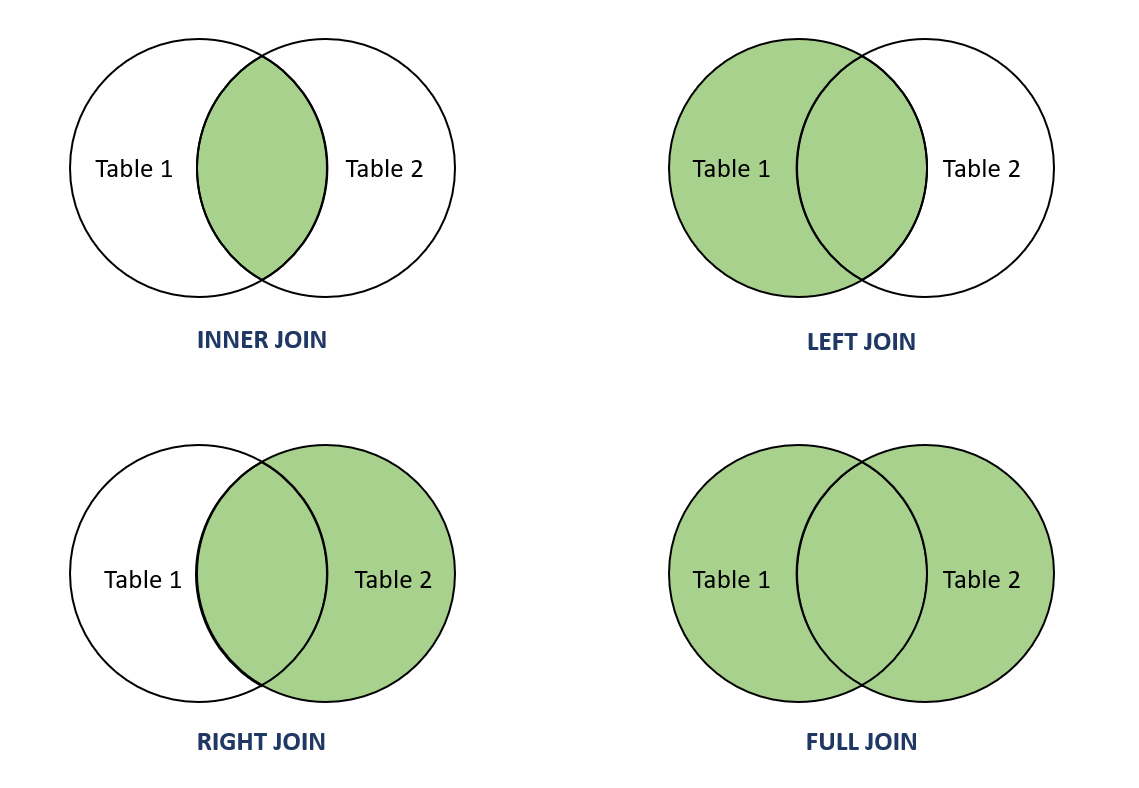Sql Server Join Syntax
Planning ahead is the secret to staying organized and making the most of your time. A printable calendar is a straightforward but powerful tool to help you map out important dates, deadlines, and personal goals for the entire year.
Stay Organized with Sql Server Join Syntax
The Printable Calendar 2025 offers a clean overview of the year, making it easy to mark appointments, vacations, and special events. You can pin it on your wall or keep it at your desk for quick reference anytime.

Sql Server Join Syntax
Choose from a range of modern designs, from minimalist layouts to colorful, fun themes. These calendars are made to be easy to use and functional, so you can focus on planning without clutter.
Get a head start on your year by downloading your favorite Printable Calendar 2025. Print it, customize it, and take control of your schedule with confidence and ease.

Sql Joins YouTube
This SQL Tutorial helps you master SQL quickly and effectively with clear concepts hands on examples and interactive quizzes Whether you re a software developer database Our SQL tutorial helps you learn SQL (Structured Query Language) in simple and easy steps so that you can start your database programming quickly. It covers most of the important concepts …

SQL Queries With MySQL Understanding The Difference Between INNER And
Sql Server Join SyntaxThis tutorial provides an introduction to the Structured Query Language (SQL), learn how to create tables with primary keys, columns, constraints, indexes, and foreign keys. Jun 25 2025 nbsp 0183 32 SQL is widely supported across various database systems like MySQL Oracle PostgreSQL SQL Server and many others This tutorial covers everything from fundamental
Gallery for Sql Server Join Syntax

Sql Joins Sql Join Data Science Learning Sql Tutorial
SQL Server JOIN AlphaCodingSkills
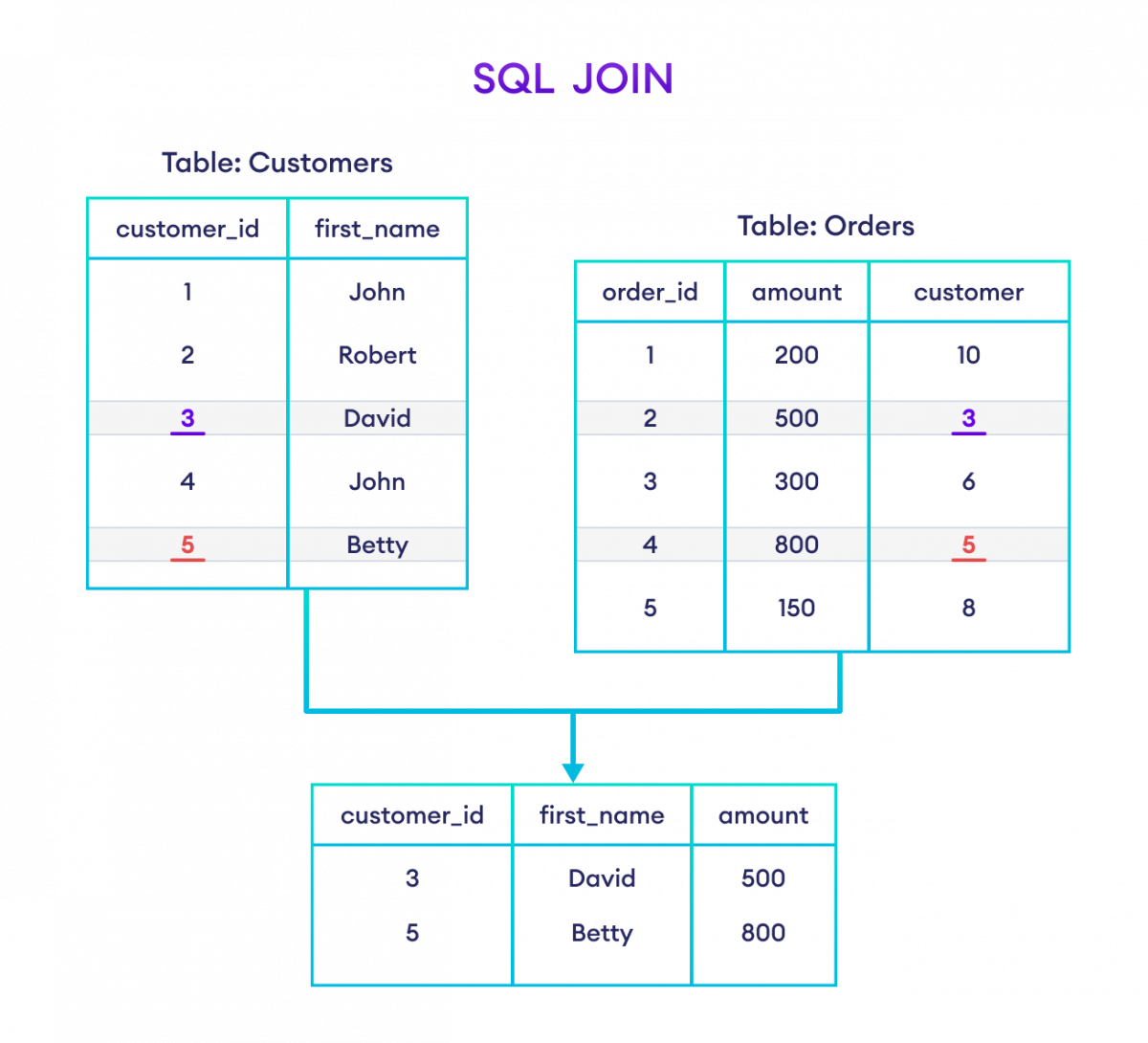
SQL JOIN With Examples
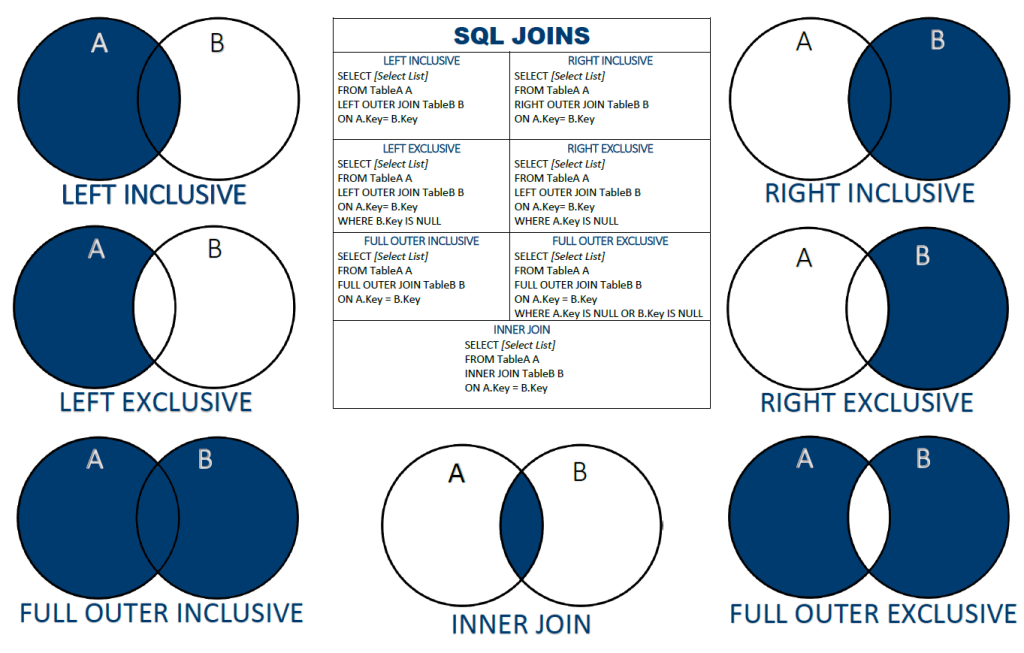
SQL Server JOINS DataOps Redefined
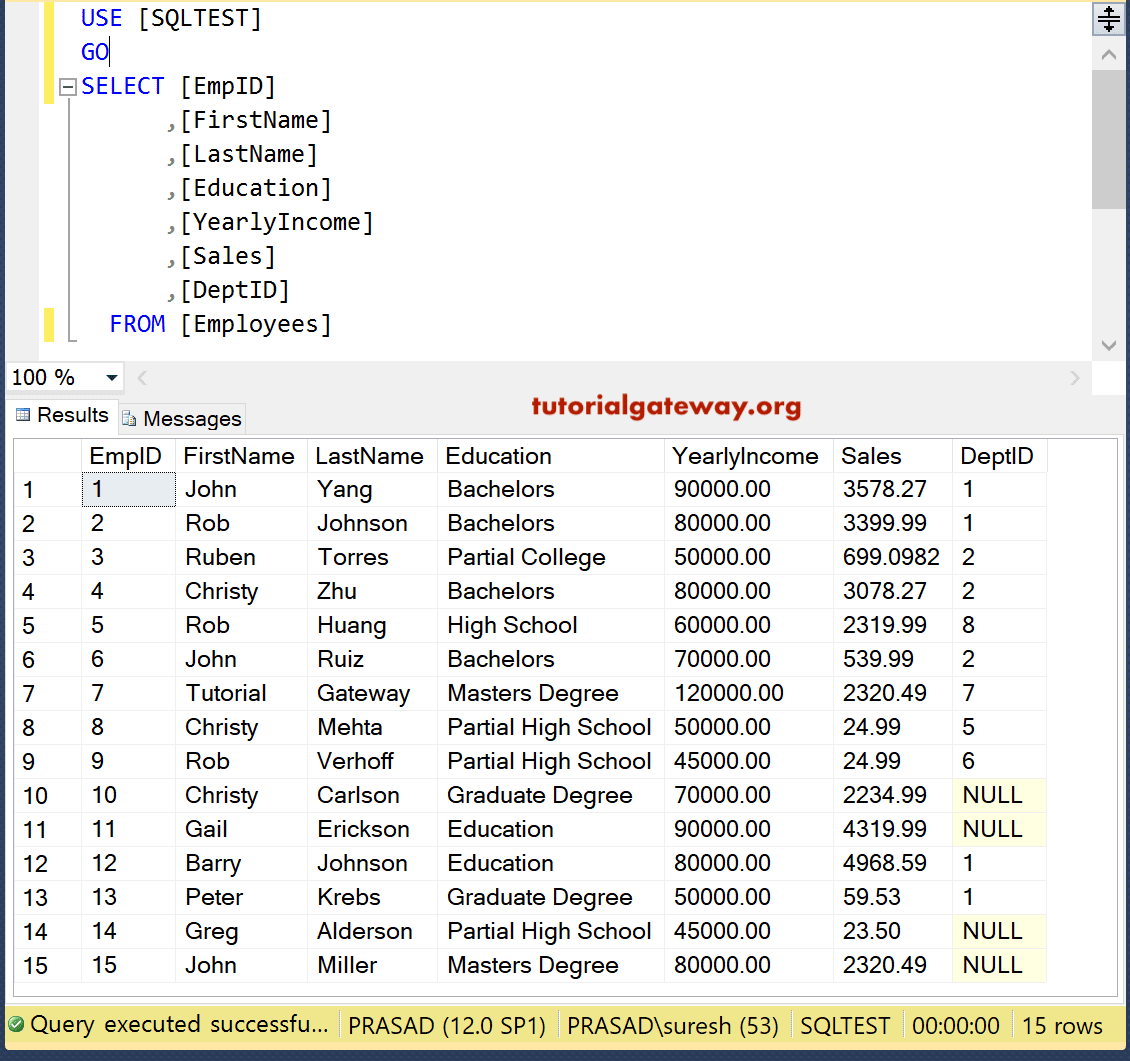
SQL JOINS
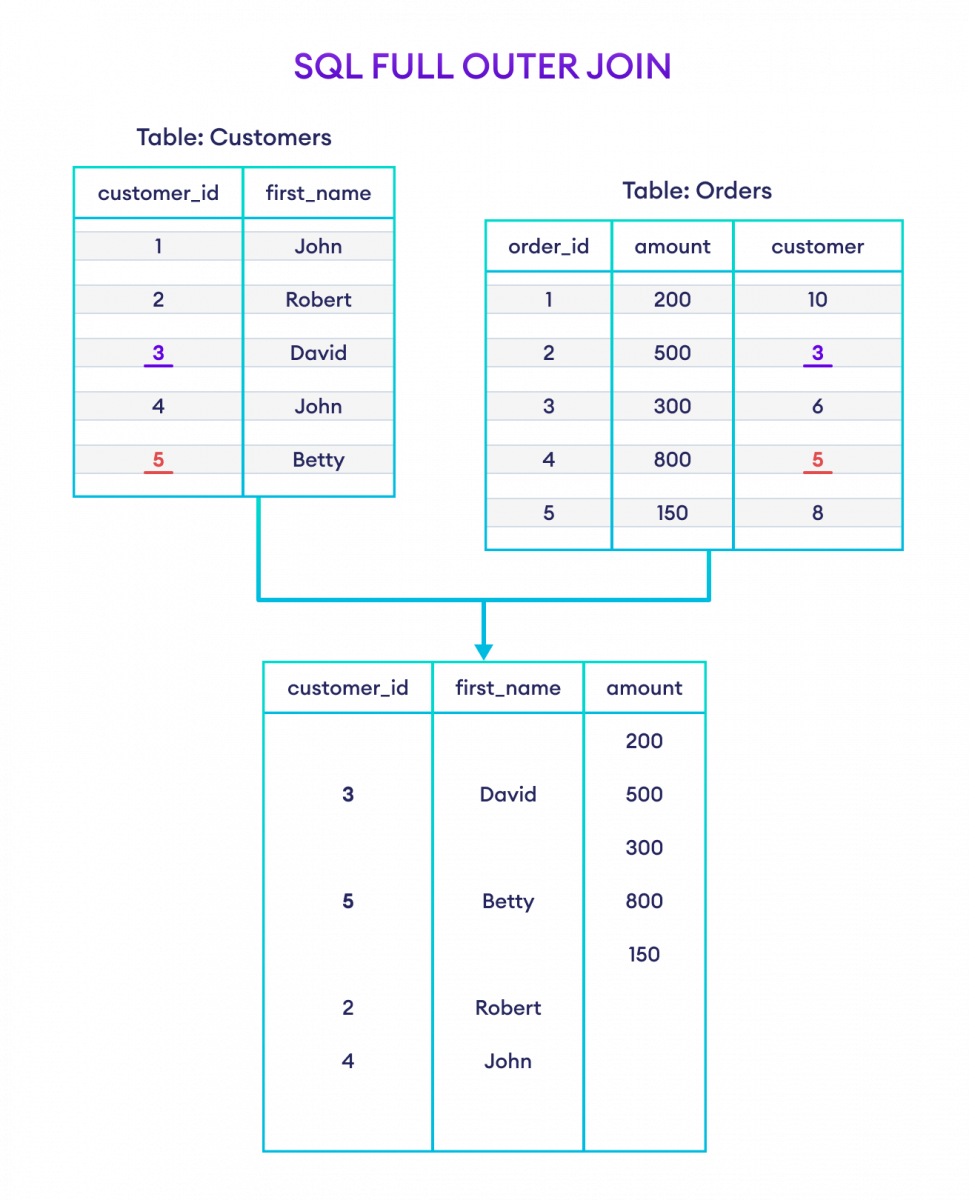
SQL JOIN

Image Result For Sql Cheat Sheet Sql Cheat Sheet Cheat Sheets Cheating
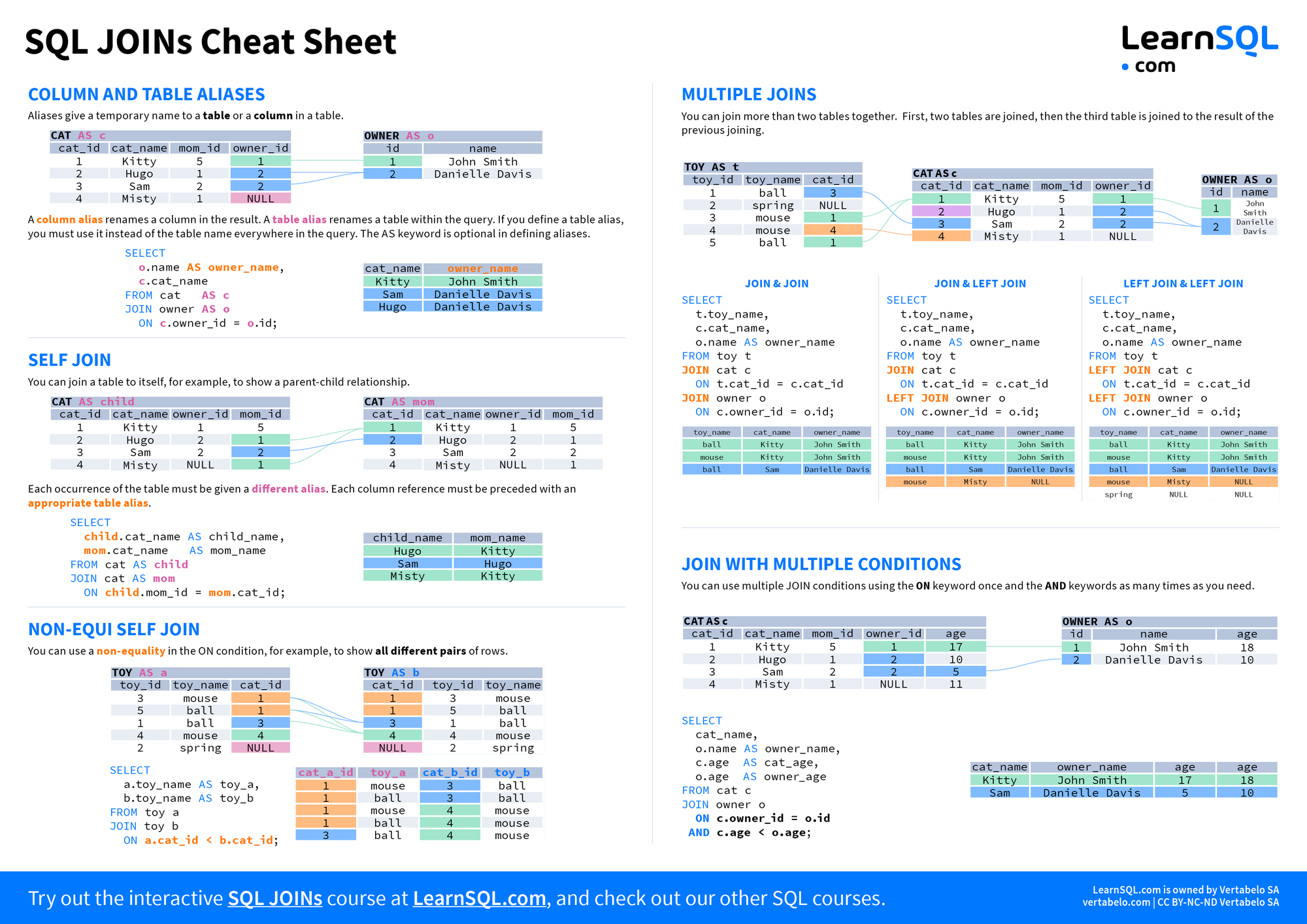
Sql Join Cheat Sheet Vrogue
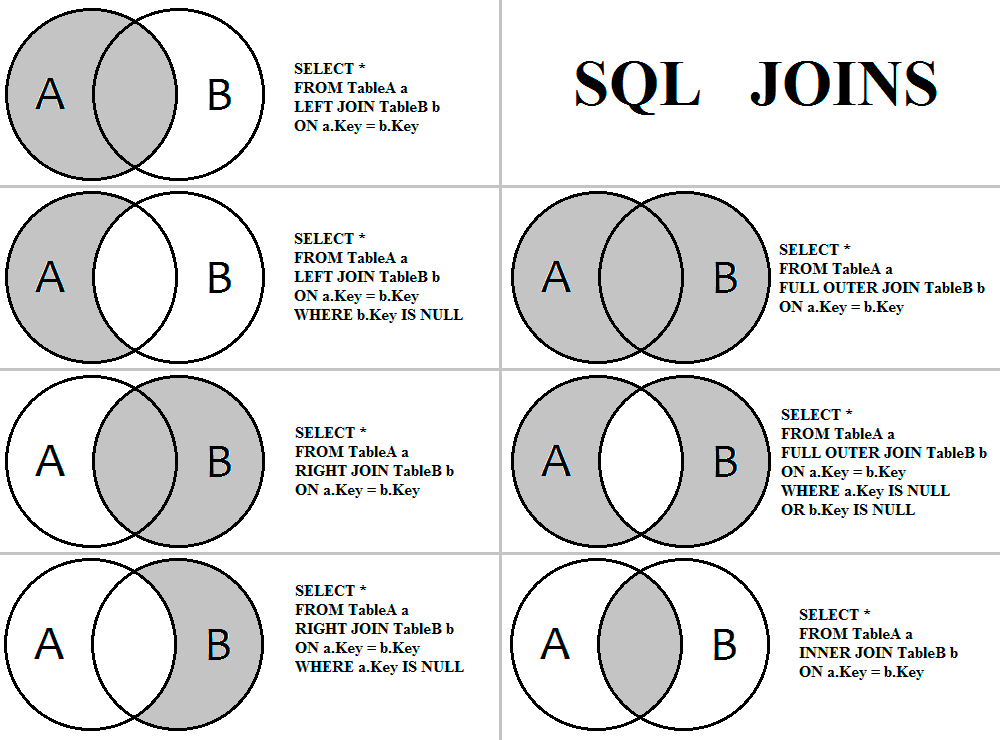
JP Blog Enero 2015
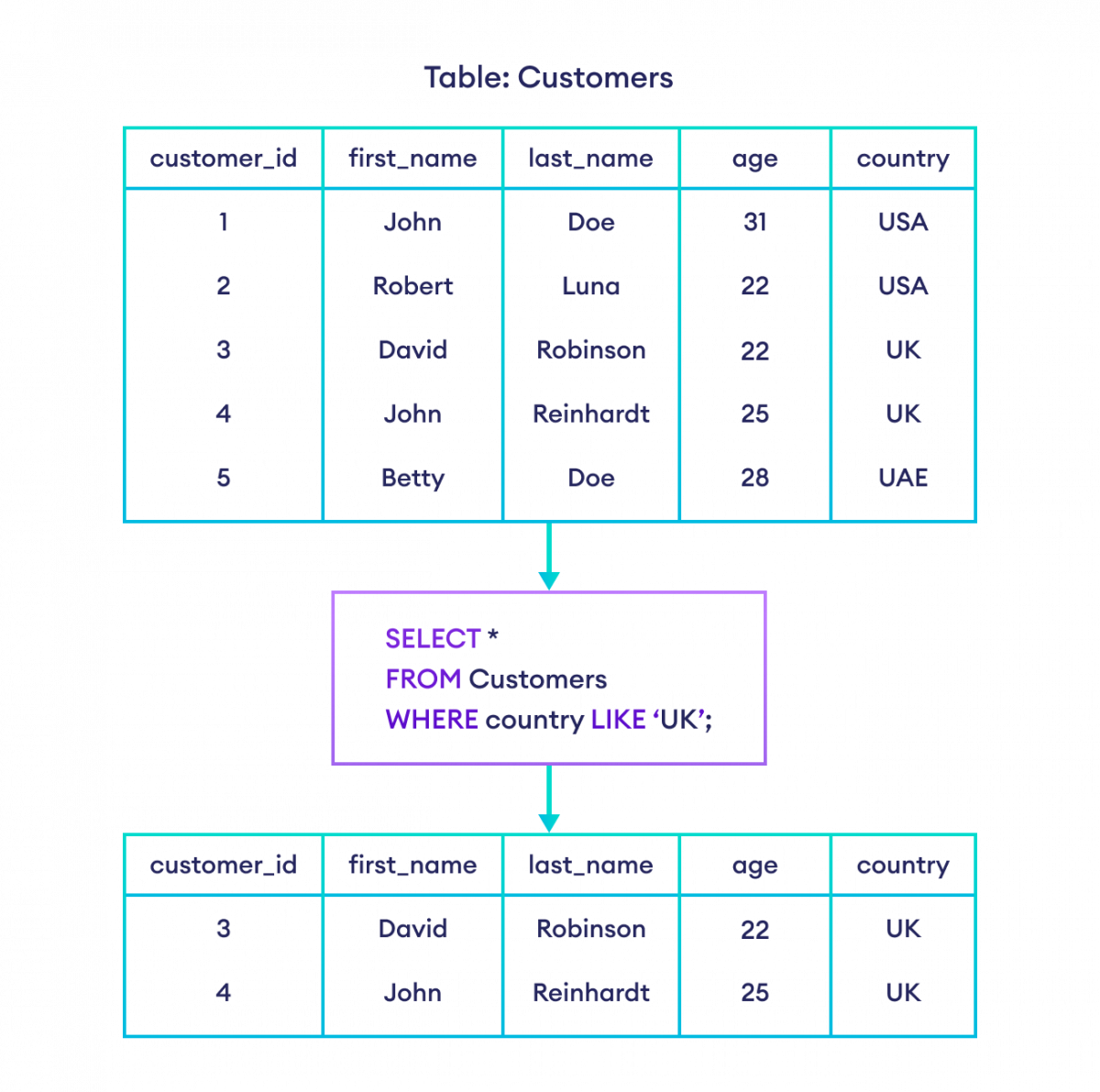
SQL LIKE And NOT LIKE Operators How To Match Patterns
